Essential Quilting Notions Every Quilter Must Have
Quilting is not just a hobby; it's a passion that transforms fabric into art. For both beginners and seasoned quilters, having the right tools at your fingertips can make a world of difference in your quilting journey. Imagine embarking on a creative adventure where every snip, stitch, and press is seamless and enjoyable. This article explores the fundamental tools and accessories that every quilter should consider for their toolkit, enhancing efficiency, creativity, and overall quilting experience.
When it comes to quilting, cutting tools are vital for precise fabric preparation. A well-cut fabric piece can be the difference between a beautifully finished quilt and a frustrating project. Let’s dive into the essential cutting implements that will help you achieve those perfect cuts. The rotary cutter is a favorite among quilters for its ability to slice through multiple layers of fabric with ease. Pair it with a self-healing cutting mat to protect your surfaces and maintain the sharpness of your blades. Don't underestimate the power of a good pair of scissors either; they are perfect for intricate cuts and details that a rotary cutter might miss. Remember, investing in quality cutting tools can save you time and enhance your creativity.
Accurate measurements are crucial in quilting. Without them, your beautiful designs can quickly turn into a jigsaw puzzle of mismatched pieces. Here, we delve into essential measuring tools like rulers, tape measures, and quilting squares that ensure precision in your projects. These tools are not just accessories; they are your best friends in the quilting world. Having the right measuring devices on hand can significantly improve your workflow, allowing you to focus on what you love most—creating stunning quilts.
Quilting rulers come in various sizes and shapes, each designed for specific tasks. Using the right ruler for different types of cuts and designs is essential. For instance, a long ruler is perfect for straight cuts, while smaller rulers can help with intricate designs. The clear markings on these rulers make it easy to align your fabric accurately. Specialty rulers can enhance creativity and accuracy. Explore unique options such as triangle and circular rulers that add flair to your quilting. These specialty tools can help you break out of the traditional square quilt pattern and inspire new designs.
Specialty rulers are a quilter's secret weapon. They allow you to create shapes and patterns that would be difficult to achieve with standard rulers. For example, triangle rulers help you cut perfect triangles for blocks, while circular rulers are fantastic for creating curves and circles. Investing in a few of these unique tools can open up a whole new world of quilting possibilities.
Standard rulers are versatile and essential. They are the backbone of any quilter's toolkit. Learn how to use them effectively for straight cuts and measurements in your quilting projects. A good rule of thumb is to choose a ruler that is at least 6 inches wide, as this will provide stability when cutting. The clear markings will help you measure accurately, ensuring that your pieces fit together perfectly.
A measuring tape is a must-have tool for any quilter. This simple yet effective tool allows you to measure larger pieces of fabric with flexibility and ease. Unlike rigid rulers, measuring tapes can easily wrap around curves and corners, making them ideal for larger projects. Always keep a measuring tape in your quilting toolkit; it can save you from making costly mistakes and ensure that your fabric is cut to the right size.
Pressing tools are essential for achieving crisp seams and finished edges. A well-pressed quilt can elevate your project from good to stunning. This section covers irons, ironing boards, and pressing mats that every quilter should have. The right pressing tools can make the task of ironing enjoyable rather than a chore. A good-quality iron with steam options can help you tackle even the most stubborn creases, while a sturdy ironing board provides a stable surface for pressing your pieces.
Choosing the right iron can significantly affect your quilting results. Look for features such as steam options and weight. A heavier iron can provide better pressure and help eliminate stubborn wrinkles. Additionally, consider an iron with a fine tip for reaching into tight seams, ensuring that every part of your quilt is perfectly pressed.
Pressing mats protect your surfaces and improve ironing efficiency. Discover the various materials and sizes available for different quilting needs. A high-quality pressing mat can withstand heat and provide a smooth surface for pressing seams. Some mats even come with printed grids and angles, making it easier to align your fabric accurately. Investing in a good pressing mat is just as important as having a reliable iron.
- What are the essential tools for a beginner quilter? Start with basic cutting tools, measuring devices, and pressing tools.
- How do I maintain my cutting tools? Keep blades sharp and clean, and store them safely to prevent damage.
- Can I use regular scissors for quilting? While you can, it's best to invest in fabric scissors for more precise cuts.
- What type of iron is best for quilting? Look for an iron with steam options and a fine tip for detailed work.
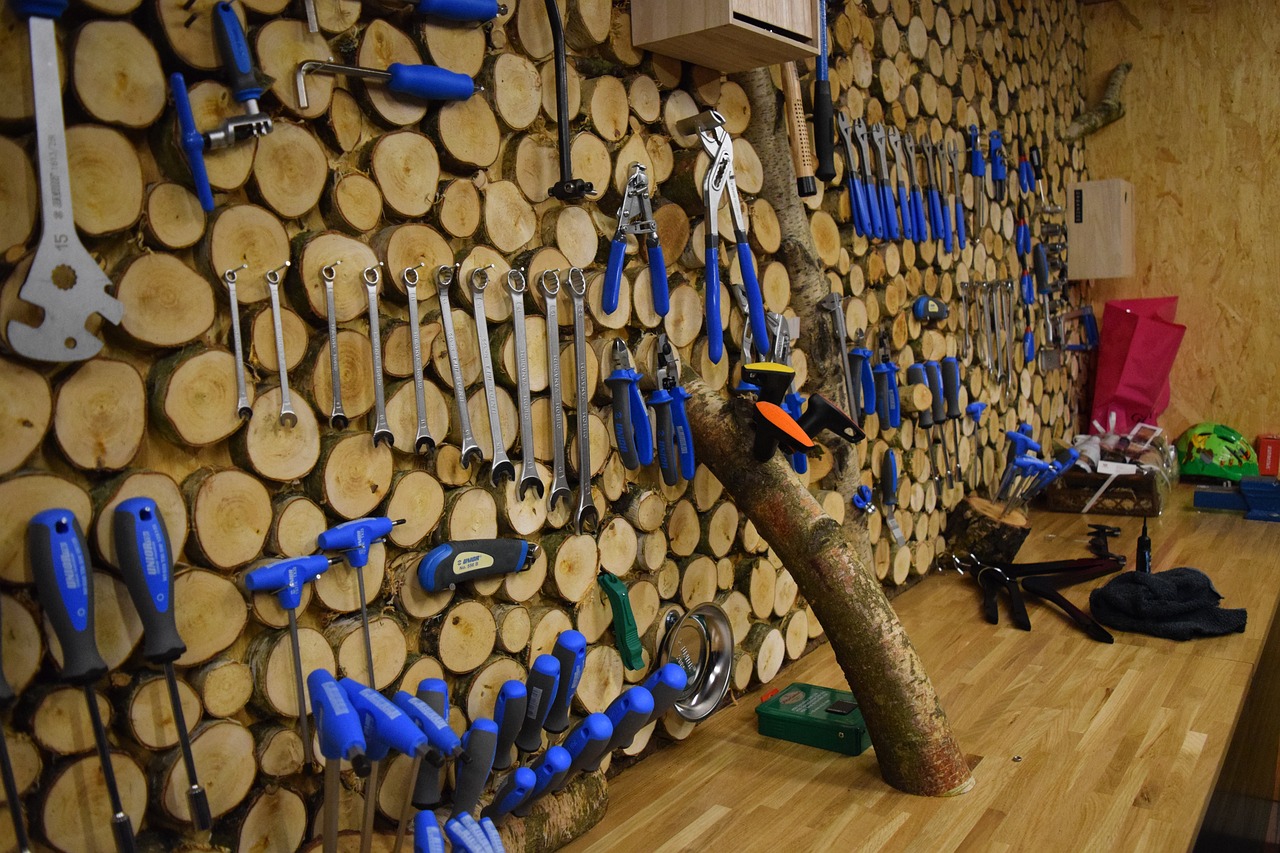
Cutting Tools
When it comes to quilting, are the unsung heroes of your toolkit. Imagine trying to create a beautiful quilt without the precision of a sharp blade or the right cutting surface. It would be like trying to paint a masterpiece with a broken brush! The right cutting tools not only enhance your efficiency but also elevate the quality of your work. Let’s dive into the essential cutting implements that will transform your quilting experience.
First on the list is the rotary cutter. This nifty tool is a game changer for any quilter. With its circular blade, it allows for smooth and precise cuts through multiple layers of fabric. It’s like slicing through butter! When using a rotary cutter, it’s important to pair it with a cutting mat. The mat not only protects your surfaces from damage but also provides a grid that helps you measure and align your cuts accurately. The combination of a rotary cutter and a cutting mat is a match made in quilting heaven!
Next up are scissors. While rotary cutters are fantastic for straight lines and large pieces, scissors are indispensable for intricate details and curves. Having a good pair of fabric scissors can make all the difference when you need to snip away those tiny threads or trim fabric edges. Remember, investing in a high-quality pair can save you time and frustration in the long run. It’s like having a trusty sidekick by your side, ready to tackle any challenge!
Now, let’s talk about cutting mats. Not all cutting mats are created equal! They come in various sizes and thicknesses, catering to different quilting needs. A self-healing cutting mat is particularly useful as it allows for repeated cuts without showing wear and tear. Plus, many mats come with printed grids and angles, making it easier to achieve those precise measurements. If you’re serious about quilting, having a dedicated mat can enhance your cutting experience significantly.
To sum it up, having the right cutting tools is essential for any quilter aiming for precision and creativity. Here’s a quick overview of the cutting tools you should consider adding to your toolkit:
| Tool | Purpose |
|---|---|
| Rotary Cutter | For smooth, precise cuts through multiple layers |
| Fabric Scissors | For intricate cuts and trimming |
| Cutting Mat | Protects surfaces and aids in accurate cutting |
In conclusion, cutting tools are not just accessories; they are essential components that can make or break your quilting project. By investing in high-quality rotary cutters, scissors, and cutting mats, you’re setting yourself up for success. So, gear up and get ready to cut your way to quilting greatness!
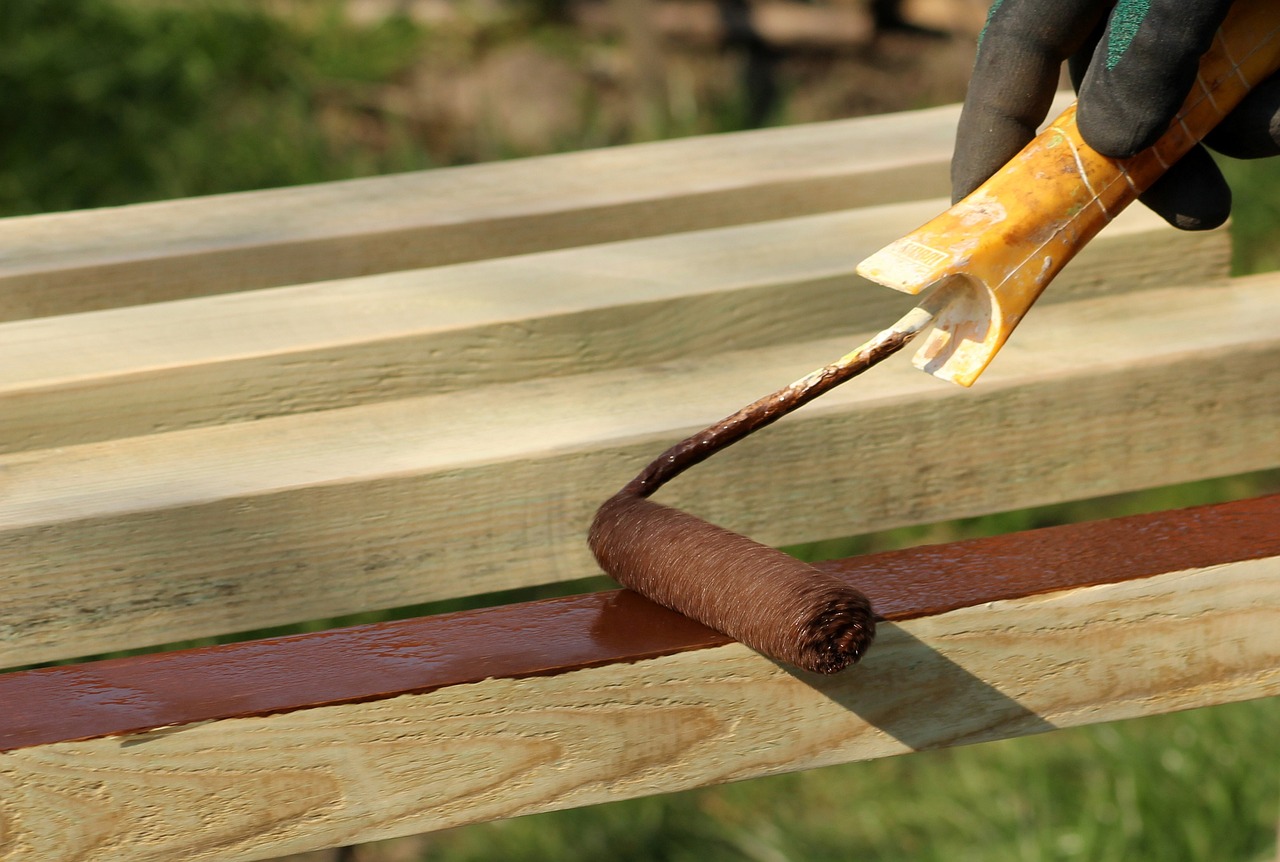
Measuring Devices
When it comes to quilting, precision is key, and that’s where come into play. Imagine trying to fit together a jigsaw puzzle with pieces that don’t quite match—frustrating, right? Well, that’s what can happen in quilting if your measurements are off. Having the right measuring tools is essential for ensuring your fabric pieces align perfectly, giving your quilt a polished and professional look. Let's dive into some of the must-have measuring devices that will make your quilting experience smoother and more enjoyable.
First on the list are quilting rulers. These rulers are not your average straight edges; they come in a variety of sizes and shapes, specifically designed for quilting tasks. Whether you’re cutting straight lines or intricate designs, the right ruler can make all the difference. For instance, a long ruler is perfect for cutting long strips, while a smaller square ruler is ideal for trimming corners and squaring up blocks. Using the correct ruler for your specific project can save you time and frustration, allowing your creativity to shine.
Quilting rulers are typically transparent, allowing you to see your fabric underneath, which is crucial for accurate cuts. They often feature grid lines, which help you align your fabric correctly. Here are some types of quilting rulers you might consider:
- Square Rulers: Great for cutting squares and ensuring your blocks are perfectly sized.
- Long Rulers: Ideal for cutting long strips or for use with a rotary cutter.
- Specialty Rulers: Designed for specific shapes, such as triangles or curves, adding versatility to your quilting toolkit.
Speaking of specialty rulers, these can really enhance your quilting projects. For example, a triangle ruler allows you to create perfect triangle shapes with ease, while a circular ruler can help you make curves and circles that might otherwise be tricky to cut accurately. Utilizing these specialty tools not only boosts your accuracy but also opens up a world of creative possibilities in your quilting designs.
Don’t underestimate the power of a good standard ruler. These versatile tools are essential for making straight cuts and taking measurements. They come in various lengths, and having a few different sizes on hand can be incredibly helpful. When using a standard ruler, make sure to align it carefully with your fabric to avoid any miscalculations. Remember, even a small error can lead to larger issues down the line!
Another indispensable measuring device is the measuring tape. Unlike rulers, measuring tapes are flexible, allowing you to measure curves and odd shapes with ease. This is particularly useful when you’re working on larger projects or when you need to measure the dimensions of a quilt that’s already been pieced together. A measuring tape typically features both inches and centimeters, making it versatile for any quilting project. Plus, they’re lightweight and easy to store, making them a practical addition to your quilting toolkit.
In summary, the right measuring devices are fundamental to achieving the best results in your quilting projects. From quilting rulers that ensure precision cuts to measuring tapes that allow for flexibility and ease, these tools will enhance your efficiency and creativity. Investing in quality measuring devices not only improves your quilting accuracy but also elevates your overall quilting experience. So, are you ready to take your quilting to the next level?
Q: Why are measuring devices important in quilting?
A: Measuring devices are crucial for ensuring that fabric pieces fit together accurately, which is essential for creating a polished quilt.
Q: What types of rulers should I have in my quilting toolkit?
A: It's beneficial to have a variety of rulers, including square rulers, long rulers, and specialty rulers for different shapes.
Q: Can I use a regular measuring tape for quilting?
A: Yes, a regular measuring tape is great for measuring curves and larger projects, making it a valuable tool in your quilting arsenal.
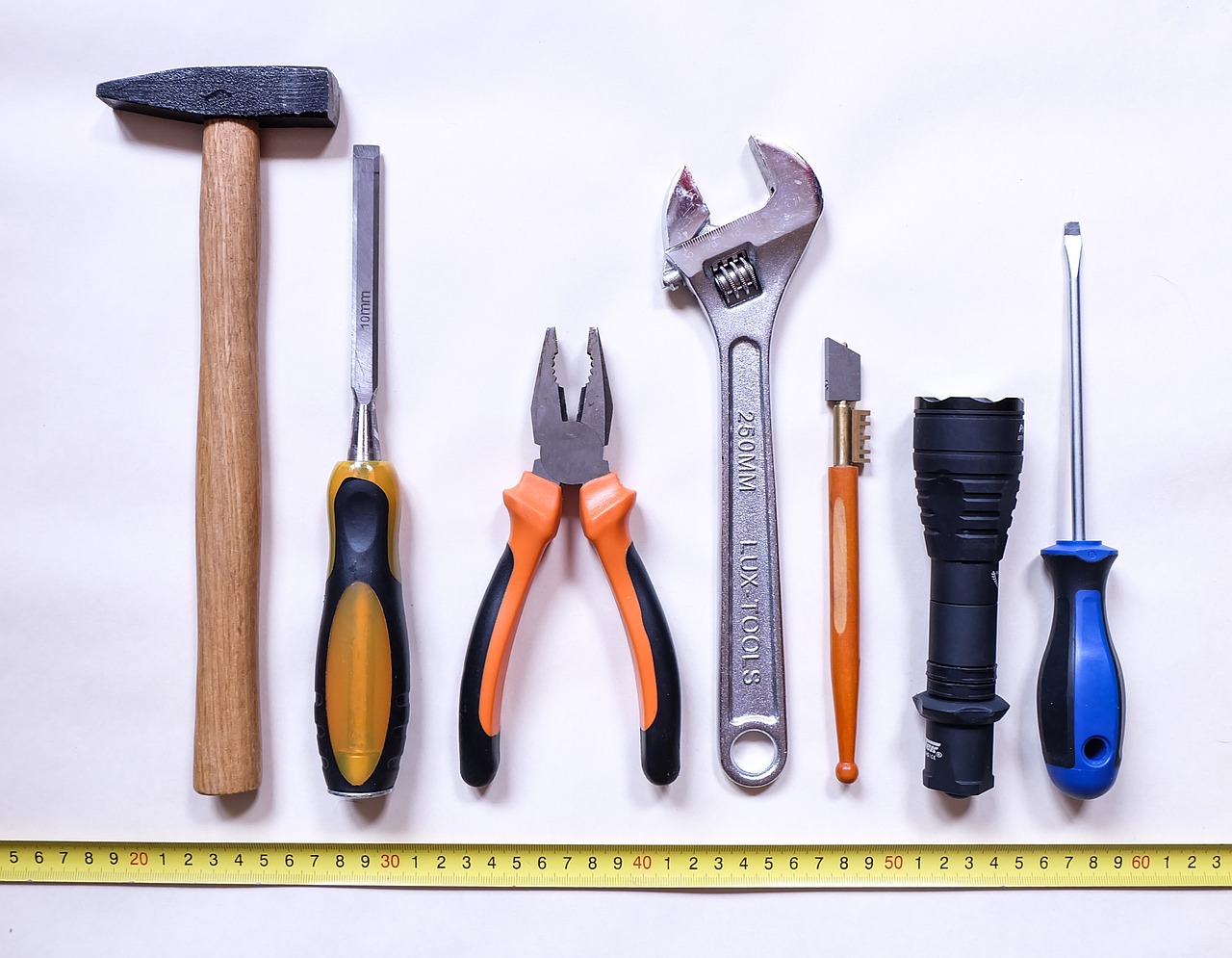
Quilting Rulers
When it comes to quilting, precision is everything, and that's where quilting rulers come into play. These handy tools are not just straight edges; they are the unsung heroes of your quilting toolkit. Imagine trying to create a beautiful quilt without the right measurements—it's like baking a cake without measuring the ingredients! Quilting rulers come in a variety of sizes and shapes, each designed to help you achieve the perfect cut for your fabric.
Using the right ruler can make all the difference in your quilting projects. For instance, a long ruler is perfect for cutting straight lines on larger pieces of fabric, while a smaller square ruler is ideal for trimming corners and ensuring your blocks are perfectly squared. The versatility of these rulers means they can be used for a range of tasks, from cutting strips for patchwork to measuring fabric for binding. It's essential to have a selection of rulers in your arsenal to tackle different quilting challenges.
One of the standout features of quilting rulers is their grid markings. These markings help you align your fabric accurately, ensuring that every cut is precise. Many rulers also come with non-slip backing, which keeps them firmly in place while you cut, reducing the risk of accidents and mistakes. This is particularly beneficial when working with slippery fabrics that can shift easily under a rotary cutter.
Here’s a quick overview of some popular types of quilting rulers you might consider adding to your collection:
- Square Rulers: Perfect for cutting squares and checking the accuracy of your blocks.
- Rectangular Rulers: Great for cutting strips and larger pieces of fabric.
- Triangle Rulers: Essential for creating triangles and other geometric shapes.
- Circular Rulers: Ideal for making curves and rounded shapes in your quilting projects.
In conclusion, having a variety of quilting rulers at your disposal can enhance your creativity and improve the accuracy of your quilting projects. So, whether you’re a beginner just starting out or a seasoned quilter, investing in quality rulers is a step you won’t regret. They are not just tools; they are your partners in crafting beautiful quilts that you can be proud of.
Q: What is the best type of quilting ruler for beginners?
A: For beginners, a basic square ruler and a long rectangular ruler are ideal. They are versatile and can handle most cutting tasks.
Q: How do I maintain my quilting rulers?
A: To maintain your rulers, clean them regularly with a soft cloth to remove any fabric residue. Avoid using harsh chemicals that may damage the surface.
Q: Can I use regular rulers for quilting?
A: While you can use regular rulers, quilting rulers are specifically designed for fabric, offering features like grid markings and non-slip surfaces that enhance accuracy and safety.

Specialty Rulers
When it comes to quilting, having the right tools can make all the difference, and are no exception. These rulers are designed to help you achieve intricate designs and precise cuts that standard rulers simply can't match. Imagine trying to cut a perfect triangle or a complex curve without the right tool—it's like trying to paint a masterpiece with a brush that’s too thick!
Specialty rulers come in various shapes and sizes, each tailored for specific tasks. For instance, triangle rulers are perfect for creating those sharp, angular pieces that are the hallmark of many quilt designs. They often feature marked angles, allowing you to cut multiple triangles from a single fabric square with ease. On the other hand, circular rulers are fantastic for crafting rounded shapes, adding a unique touch to your quilts. They can help you create stunning designs that stand out, making your quilts not just functional but also visually captivating.
Using specialty rulers can also enhance your efficiency. Instead of measuring and cutting fabric multiple times, these rulers allow for quick, accurate cuts in one go. This not only saves time but also minimizes fabric waste, which is a win-win for any quilter. Some popular types of specialty rulers include:
- Triangle Rulers: Perfect for cutting triangles with precision.
- Curved Rulers: Ideal for creating smooth, rounded edges.
- Notched Rulers: Great for cutting notched shapes, adding flair to your designs.
In addition to these specific types, many specialty rulers come with grip features that help keep the ruler in place while you cut, ensuring that your cuts are as accurate as possible. This is particularly useful when working with slippery fabrics or when making intricate cuts that require a steady hand. Investing in a few quality specialty rulers can truly elevate your quilting game, allowing you to explore new patterns and techniques that you might have thought were beyond your reach.
So, if you’re looking to take your quilting to the next level, consider adding some specialty rulers to your toolkit. They can open up a world of creative possibilities and make your quilting projects not only easier but also more enjoyable. Remember, in the world of quilting, the right tools can transform a daunting task into a delightful experience!
Q: What is a specialty ruler?
A specialty ruler is a specific type of ruler designed for particular cutting tasks in quilting, such as creating triangles, curves, or other unique shapes.
Q: Do I really need specialty rulers if I have standard rulers?
While standard rulers are versatile, specialty rulers can significantly enhance precision and creativity in your quilting projects, making them a valuable addition to your toolkit.
Q: How do I choose the right specialty ruler for my project?
Consider the specific shapes or patterns you want to create. Research the different types of specialty rulers available and choose one that aligns with your quilting goals.

Standard Rulers
This article explores the fundamental tools and accessories that every quilter should consider for their toolkit, enhancing efficiency, creativity, and overall quilting experience.
Cutting tools are vital for precise fabric preparation. This section discusses various cutting implements, including rotary cutters, scissors, and cutting mats.
Accurate measurements are crucial in quilting. Here, we delve into essential measuring tools like rulers, tape measures, and quilting squares that ensure precision in your projects.
Quilting rulers come in various sizes and shapes. This subsection highlights the importance of using the right ruler for different types of cuts and designs.
Specialty rulers can enhance creativity and accuracy. Explore unique options such as triangle and circular rulers that add flair to your quilting.
Standard rulers are the backbone of any quilter's toolkit. These versatile tools are designed to assist in making straight cuts and accurate measurements, which are essential for achieving the desired results in your quilting projects. Typically made from clear acrylic, standard rulers allow you to see the fabric beneath, ensuring you can align your cuts perfectly. When choosing a standard ruler, consider the dimensions that best fit your quilting style; common sizes include 6" x 24", 6" x 12", and 12" x 12". Each size serves different purposes, from cutting long strips to squaring up blocks.
One of the significant advantages of standard rulers is their grid markings. These markings, often in 1-inch increments, help you measure and cut accurately. Additionally, many rulers come with angled lines, which are particularly handy for cutting triangles or other shapes. To maximize the utility of your standard ruler, always ensure it is positioned correctly on your fabric before cutting. A slight misalignment can lead to uneven pieces, which can throw off your entire project.
Moreover, it’s essential to consider the thickness of the ruler. A thicker ruler can provide more stability when cutting, reducing the risk of slipping. Some quilters even prefer rulers with a non-slip backing, which helps keep the ruler in place during use. Remember, investing in a good quality standard ruler can make a significant difference in the precision and overall quality of your quilting.
A measuring tape is a must-have tool for any quilter. This section discusses its advantages, including flexibility and ease of use for larger projects.
Pressing tools are essential for achieving crisp seams and finished edges. This section covers irons, ironing boards, and pressing mats that every quilter should have.
Choosing the right iron can significantly affect your quilting results. Here, we discuss features to look for, such as steam options and weight.
Pressing mats protect your surfaces and improve ironing efficiency. Discover the various materials and sizes available for different quilting needs.
Q: What size standard ruler should I choose for my quilting projects?
A: The best size depends on the type of projects you typically work on. A 6" x 24" ruler is great for cutting long strips, while a 12" x 12" ruler is ideal for squaring blocks.
Q: How do I maintain my acrylic rulers?
A: To keep your rulers in good condition, avoid exposure to direct sunlight and clean them with a soft cloth. Store them flat to prevent warping.
Q: Can I use a standard ruler for cutting curved shapes?
A: Standard rulers are primarily designed for straight cuts. For curved shapes, consider investing in specialty rulers designed for that purpose.
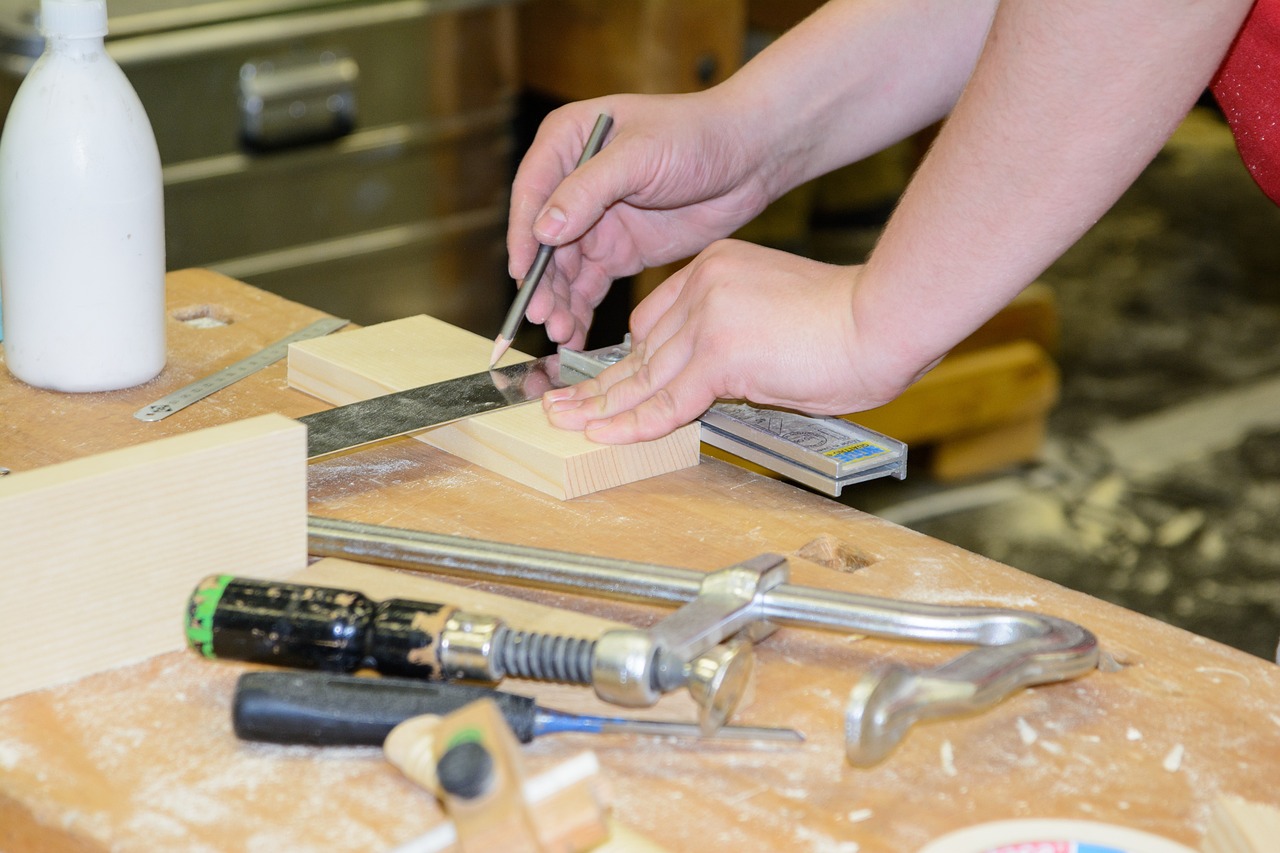
Measuring Tape
A is not just an accessory; it's a quilter's best friend. Imagine attempting to create a beautiful quilt without knowing the dimensions of your fabric—it's like trying to bake a cake without measuring the ingredients! This handy tool ensures that every piece of fabric is cut to the correct size, allowing for a seamless assembly of your quilt. The flexibility of a measuring tape makes it perfect for measuring both straight edges and curves, making it an indispensable part of your quilting toolkit.
One of the standout features of a measuring tape is its portability. Whether you're working on a large quilting project at home or taking your supplies to a quilting bee, you can easily toss it into your bag without worrying about it taking up too much space. Plus, many measuring tapes come with both metric and imperial measurements, catering to quilters around the globe.
When choosing a measuring tape, consider the following features:
- Length: A standard measuring tape typically measures 60 inches (or 150 centimeters), which is ideal for most quilting projects.
- Material: Look for durable materials that can withstand wear and tear. Many tapes are made of flexible plastic or cloth, which are both lightweight and sturdy.
- Clear Markings: Ensure that the numbers and lines are easy to read. This can save you time and prevent errors in your measurements.
Using a measuring tape is straightforward, yet there are a few tips to enhance your experience:
- Always pull the tape taut when measuring to ensure accuracy.
- Keep the tape flat against the fabric to avoid any miscalculations.
- Familiarize yourself with the markings to make quick measurements without second-guessing.
In summary, a measuring tape is a fundamental tool that every quilter should have in their arsenal. Its versatility, portability, and ease of use make it an essential part of the quilting process. So, the next time you embark on a quilting adventure, make sure your measuring tape is right there with you, ready to assist in creating your masterpiece!
| Question | Answer |
|---|---|
| What is the best type of measuring tape for quilting? | A flexible cloth or plastic measuring tape is often recommended for quilting due to its durability and ease of use. |
| How do I maintain my measuring tape? | Keep it clean and avoid exposing it to extreme temperatures. Store it in a cool, dry place to ensure longevity. |
| Can I use a measuring tape for other crafts? | Absolutely! A measuring tape is versatile and can be used for various crafting projects, not just quilting. |

Pressing Tools
When it comes to quilting, are not just accessories; they are essential companions that help you achieve that professional finish. Imagine working tirelessly on a quilt, only to have your seams look wrinkled and uneven. That’s where the right pressing tools come into play! They transform your fabric from a crumpled mess to a beautifully crisp masterpiece. In this section, we will explore the indispensable pressing tools every quilter should have in their arsenal, including irons, ironing boards, and pressing mats.
First up is the iron. Not all irons are created equal, and selecting the right one can make a world of difference in your quilting journey. Look for an iron that offers a good balance between weight and steam options. A heavier iron tends to press seams more effectively, while steam options can help eliminate stubborn creases. Additionally, consider features like a non-stick soleplate and an automatic shut-off for safety. With the right iron, you’ll find that your fabric responds beautifully, making your quilting experience smoother and more enjoyable.
Next, let’s talk about the ironing board. An ironing board is not just a flat surface; it’s a crucial tool that provides the right height and stability for pressing your fabrics. Look for one that is sturdy and has a wide surface area to accommodate larger quilt pieces. Some boards even come with built-in storage for your iron and other pressing tools, which can help keep your workspace organized. Remember, a well-designed ironing board can save you time and energy, allowing you to focus on your creativity rather than wrestling with your equipment.
Another essential tool is the pressing mat. Unlike traditional ironing boards, pressing mats are designed to be used on any flat surface, making them incredibly versatile. They come in various materials, such as wool, cotton, and silicone, each offering unique benefits. For instance, wool mats retain heat, allowing for better steam penetration, while silicone mats are perfect for fusing and appliqué projects. Investing in a quality pressing mat can enhance your pressing efficiency and improve the overall finish of your quilts.
To help you choose the right pressing tools, here’s a quick comparison table:
| Tool | Key Features | Benefits |
|---|---|---|
| Iron | Weight, steam options, non-stick soleplate | Crisp seams, easy crease removal |
| Ironing Board | Sturdy, adjustable height, storage options | Comfortable pressing experience, organized workspace |
| Pressing Mat | Material (wool, cotton, silicone), portable | Versatile use, enhanced pressing efficiency |
In conclusion, investing in high-quality pressing tools is a game-changer for any quilter. They not only enhance the quality of your projects but also make the process more enjoyable. Remember, the right tools can elevate your quilting experience from ordinary to extraordinary. So, whether you’re a seasoned quilter or just starting, make sure to equip yourself with these essential pressing tools!
Q: Do I really need a special quilting iron?
A: While any iron can work, a quilting iron with good steam options and a non-stick surface can significantly improve your results.
Q: Can I use a regular table instead of an ironing board?
A: Yes, but having a dedicated ironing board can make the process easier and more comfortable.
Q: What’s the best material for a pressing mat?
A: It depends on your needs! Wool is great for steam, while silicone mats are ideal for fusing.
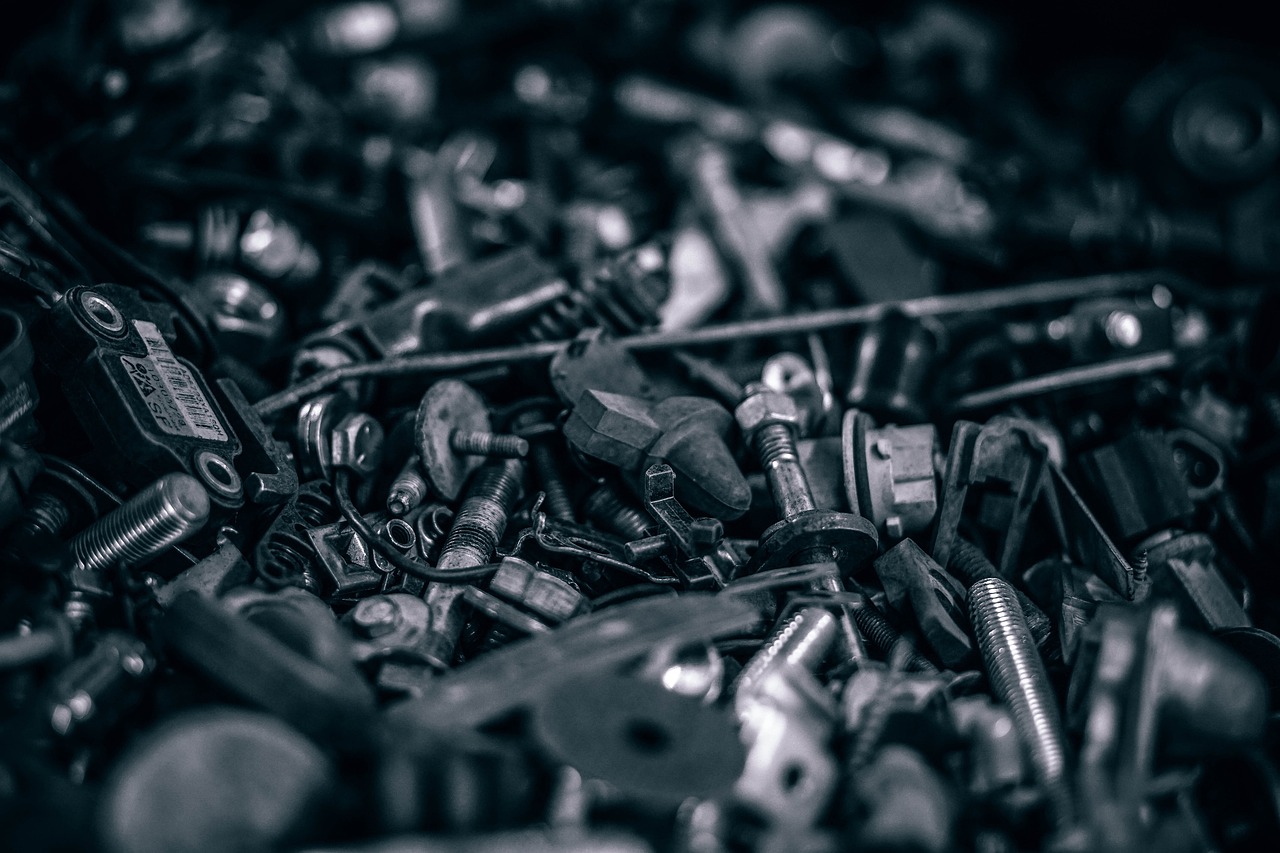
Irons
When it comes to quilting, the right iron can be your best friend. Imagine trying to create a masterpiece without the ability to press those seams flat! A good iron not only enhances the look of your quilt but also ensures that each piece fits together perfectly. So, what should you be looking for when choosing an iron? Let's break it down.
First off, consider the steam options. A steam iron can make a world of difference, especially when working with fabrics that tend to wrinkle easily. The steam helps to relax the fibers, allowing you to achieve crisp seams without excessive effort. Look for an iron that offers adjustable steam settings; this way, you can tailor the steam output to the specific fabric you’re working with.
Next, the weight of the iron is crucial. A heavier iron typically presses down more effectively, making it easier to eliminate wrinkles. However, you also want it to be manageable. After all, you don’t want to tire your arm out halfway through a quilting session! Many quilters prefer a mid-weight iron that strikes a balance between being heavy enough to press efficiently while still being light enough for easy maneuverability.
Another feature to consider is the soleplate material. The soleplate is the bottom part of the iron that comes in contact with your fabric. Different materials offer various benefits:
| Material | Benefits |
|---|---|
| Stainless Steel | Durable and glides easily over fabric |
| Non-stick | Prevents fabric from sticking and burning |
| Ceramic | Heats evenly and provides a smooth finish |
Additionally, consider the cord length. A longer cord provides more freedom of movement, which can be particularly helpful when you're working on larger projects. If you find yourself constantly switching outlets, a longer cord can save you a lot of hassle and keep your workflow smooth.
Lastly, don’t overlook the importance of auto shut-off features. Quilting can be an all-consuming activity, and it’s easy to lose track of time. An iron with an auto shut-off feature will turn off after a certain period of inactivity, providing peace of mind and safety in your sewing space.
In summary, choosing the right iron can significantly affect your quilting results. By focusing on steam options, weight, soleplate material, cord length, and safety features, you can find an iron that not only meets your needs but also enhances your quilting experience. Happy quilting!
Here are some common questions about quilting irons that may help you make an informed decision:
- What is the best type of iron for quilting? The best type of iron for quilting is one that has adjustable steam settings, a comfortable weight, and a smooth soleplate.
- How often should I clean my iron? It's a good practice to clean your iron every few months, or as needed, especially if you notice residue on the soleplate.
- Can I use a regular iron for quilting? Yes, you can use a regular iron, but a quilting-specific iron may offer features that make the process easier and more efficient.
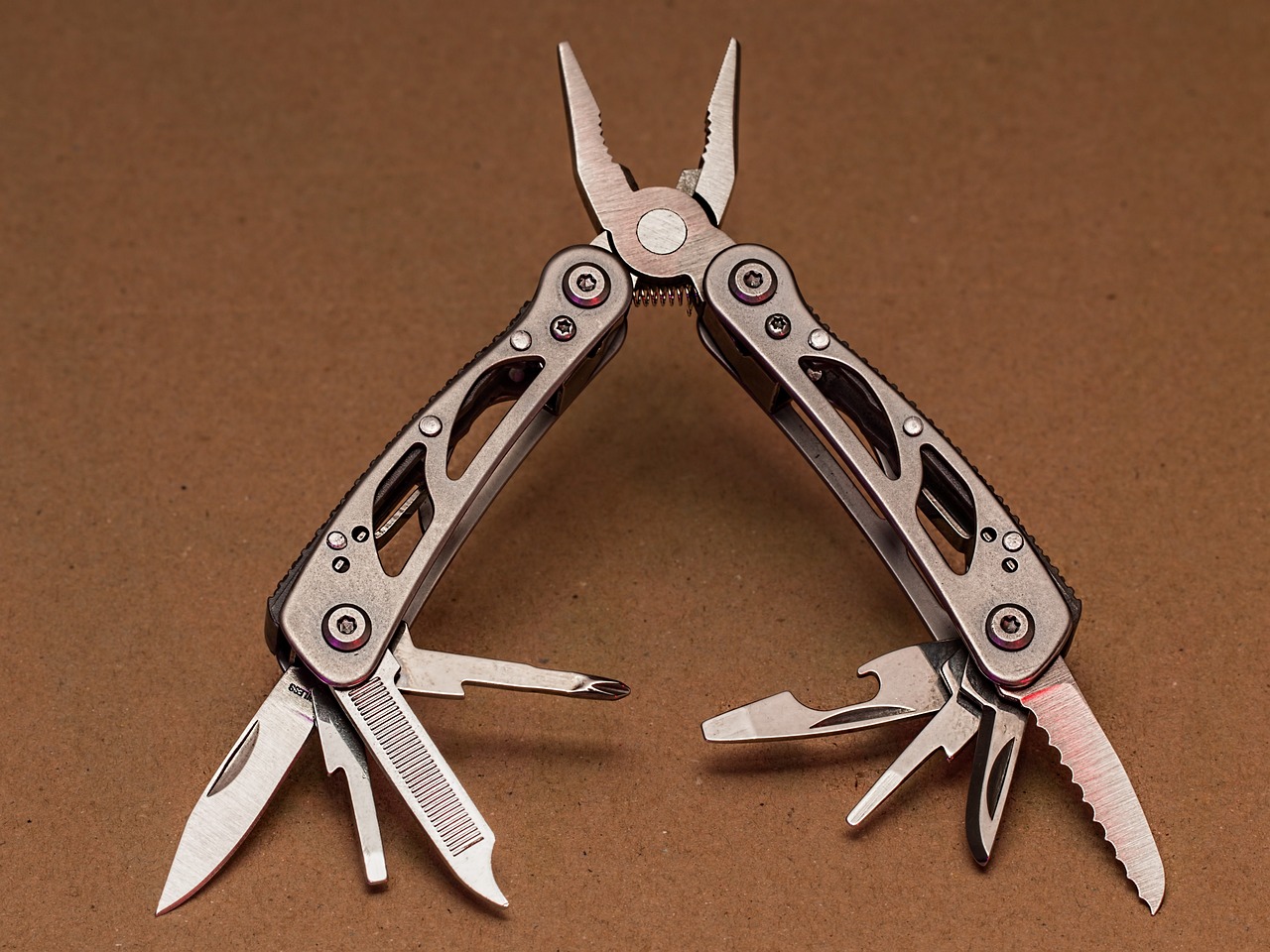
Pressing Mats
This article explores the fundamental tools and accessories that every quilter should consider for their toolkit, enhancing efficiency, creativity, and overall quilting experience.
Cutting tools are vital for precise fabric preparation. This section discusses various cutting implements, including rotary cutters, scissors, and cutting mats.
Accurate measurements are crucial in quilting. Here, we delve into essential measuring tools like rulers, tape measures, and quilting squares that ensure precision in your projects.
Quilting rulers come in various sizes and shapes. This subsection highlights the importance of using the right ruler for different types of cuts and designs.
Specialty rulers can enhance creativity and accuracy. Explore unique options such as triangle and circular rulers that add flair to your quilting.
Standard rulers are versatile and essential. Learn how to use them effectively for straight cuts and measurements in your quilting projects.
A measuring tape is a must-have tool for any quilter. This section discusses its advantages, including flexibility and ease of use for larger projects.
Pressing tools are essential for achieving crisp seams and finished edges. This section covers irons, ironing boards, and pressing mats that every quilter should have.
When it comes to quilting, having the right pressing mat can make all the difference in the world. These mats are designed to withstand high temperatures and provide a smooth surface for ironing your fabric. Unlike a regular ironing board, pressing mats are often thicker and can absorb heat, allowing you to press your quilt pieces effectively without damaging your fabric.
There are several materials used in pressing mats, each offering unique benefits:
- Wool Mats: Known for their heat retention, wool mats are fantastic for quilting because they allow steam to penetrate the fabric, resulting in better pressing.
- Silicone Mats: These are heat-resistant and non-stick, making them easy to clean and perfect for intricate designs.
- Foam Mats: Lightweight and portable, foam mats are great for quilters on the go, providing a cushioned surface that helps achieve crisp seams.
When choosing a pressing mat, consider the size and thickness that best fits your quilting projects. A larger mat may be beneficial for larger pieces, while a smaller mat can be handy for quick tasks. Additionally, some mats come with printed grids or markings, which can help you line up your fabric accurately, ensuring that every piece is perfectly pressed.
In summary, a pressing mat is not just an accessory; it’s an essential tool that enhances your quilting process. By investing in a quality mat, you’re not only improving the appearance of your finished projects but also making your quilting experience more enjoyable.
Q: How do I clean my pressing mat?
A: Depending on the material, most pressing mats can be wiped down with a damp cloth. For deeper cleaning, refer to the manufacturer's instructions.
Q: Can I use my pressing mat for other crafts?
A: Absolutely! Pressing mats are versatile and can be used for various crafts that require heat application.
Q: What size pressing mat should I buy?
A: It depends on your quilting projects. A larger mat is ideal for big quilts, while a smaller mat is perfect for quick pressing tasks.
Frequently Asked Questions
- What are the essential cutting tools every quilter needs?
Every quilter should have a rotary cutter, a good pair of scissors, and a reliable cutting mat. Rotary cutters allow for precise cuts, while scissors are great for detailed work. A cutting mat protects your surfaces and keeps your blades sharp!
- How do I choose the right quilting ruler?
Choosing the right quilting ruler depends on the type of cuts you plan to make. Standard rulers are great for straight cuts, while specialty rulers, like triangle or circular rulers, can help you create more intricate designs. Always look for clear markings for better accuracy!
- Are pressing tools really necessary for quilting?
Absolutely! Pressing tools like irons and pressing mats are crucial for achieving crisp seams and polished edges. They help you shape your fabric as you go, ensuring your quilt looks professional and well-finished.
- What features should I look for in a quilting iron?
When selecting a quilting iron, consider features like steam options, weight, and soleplate material. A heavier iron can press seams more effectively, and steam helps to eliminate wrinkles, making your fabric easier to work with.
- How can I maintain my cutting tools?
To keep your cutting tools in top shape, regularly replace rotary cutter blades and sharpen your scissors. Store them safely to prevent damage, and clean your cutting mat to ensure it lasts longer. Proper maintenance makes a world of difference!
- What measuring devices are best for quilting?
Essential measuring devices include quilting rulers, measuring tapes, and quilting squares. Each tool serves a different purpose, but together they ensure your measurements are accurate and your projects come out just right!
- How do I use a measuring tape effectively in quilting?
A measuring tape is perfect for larger projects. It’s flexible, allowing you to measure curves and odd shapes easily. Just make sure to keep it taut for accurate measurements, and always double-check your numbers before cutting!
- Can I use regular household scissors for quilting?
While you can use regular scissors, investing in a pair of fabric scissors specifically designed for quilting is a good idea. They provide cleaner cuts and are less likely to cause fraying, making your quilting process smoother.



















